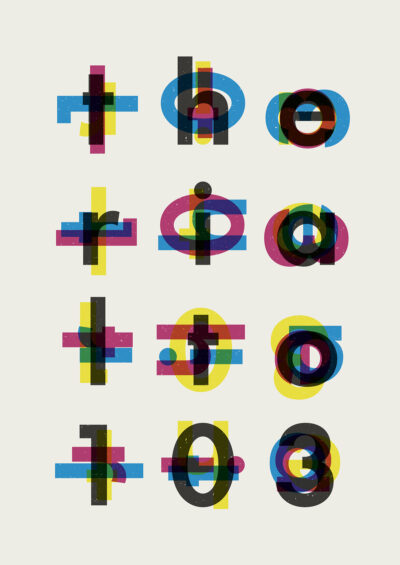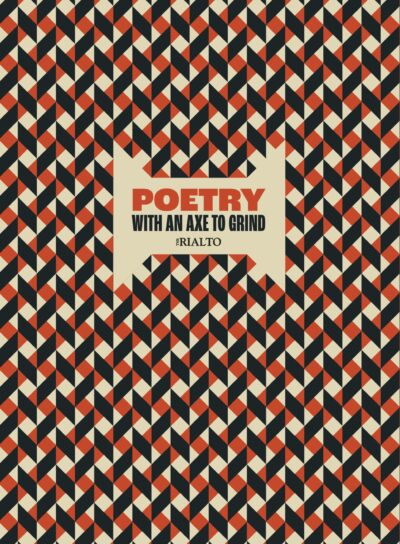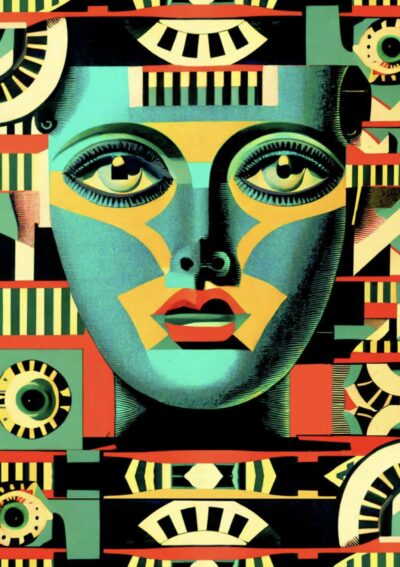My partner writes (but does not draw) comics. This means I have been learning more about comics that I might otherwise have deemed necessary. The more I learn, the more interesting I find them, and the more I find which can be applied to poetry.
Here are some thoughts which have been paraphrased, adapted or stolen from a variety of sources. The sources are given below.
economy of line is paramount
Comics are at their most successful when the maximum effect is produced by every line and unnecessary lines are eliminated. This is an artistic choice distinct to the employment of a naive or simplistic style.
(see Scott McCloud for more)
each panel and page must be carefully constructed
The artist constructs each page as a separate structure, made up of one or more panels. The structure of the individual page is as important as that page’s contribution to the whole work. Similarly, the structure of each individual panel is as important as that panel’s contribution to the whole page and, by extension, the whole work. No panel should be dispensable.
(see Kurt Busiek for more)
consider how much will fit on the page
A page, or panel, will be unsuccessful if it tries to communicate more than there is room for. It will also be unsuccessful it squanders its potential with needless repetition or an absence of meaningful content. There is only so much room on a page. It must be used wisely.
(see Kurt Busiek for more)
artists choose whether to prioritise ideas or form
It has been argued that all artists fall into two groups. Those in the first group place more emphasis on ideas and purpose. They are often great storytellers who devote their energy to controlling their medium and conveying meaning. Those in the second group place more emphasis on form. They are often great innovators and pioneers.
(see Scott McCloud and David Galenson for more)
put everything in its right place
Comics are generally at their best when the words do not repeat the effects of the images and vice versa. Juxtaposition is an important tool. Images need to be read as well as the text. There is more than one layer.
(read comics for more)
the reading process is one of interpretation rather than perception
Comics panels offer the reader a series of static images to be read in sequence. Meaning is partly constructed through what is understood to have happened between the panels. The reader sees the individual parts but interprets them into an understanding of the whole.
(see Jacques Derrida for more)
what happens off the page is as important as what happens on it
Some artists have spoken of their great joy when a fan describes to them a panel which they had not in fact drawn, but which contains elements left intentionally for the reader to infer from the page. The space left undrawn can have as powerful an effect on the imagination as any mark made upon the page. It is the marks made on a page which create the possibility for this space to exist.
(see Fábio Moon and Gabriel Bá for more)
all the right notes, not necessarily in the right order
Although comics art is sequential, this is not to say that meaning must be communicated in a linear fashion. The reader’s involvement in decoding a comic and the choices they make when approaching the page mean that, in some ways, all comics are non-linear in the hands of the reader.
(see Scott McCloud and Eric Morecambe for more)
the reader is inextricable from the art
Comics are meant to be read, not read aloud or looked at. Just as a musical score remains locked on the page in a system of lines and symbols until it is read, a comic needs to be read if it is to come alive.
(see Chris Ware for more)
making the impossible possible
Nothing is undrawable for the artist who is skilled at communication. It is the job of the artist to give shape to thought. As long as the reader is willing, the possibilities for communication are infinite.
(see comics, poetry, literature, art for more)
Chrissy Williams works on the Saison Poetry Library’s magazines site www.poetrymagazines.org.uk. She will have a poem in the forthcoming issue of the Rialto and has been published in a variety of magazines and anthologies including Best British Poetry 2011 (Salt).





